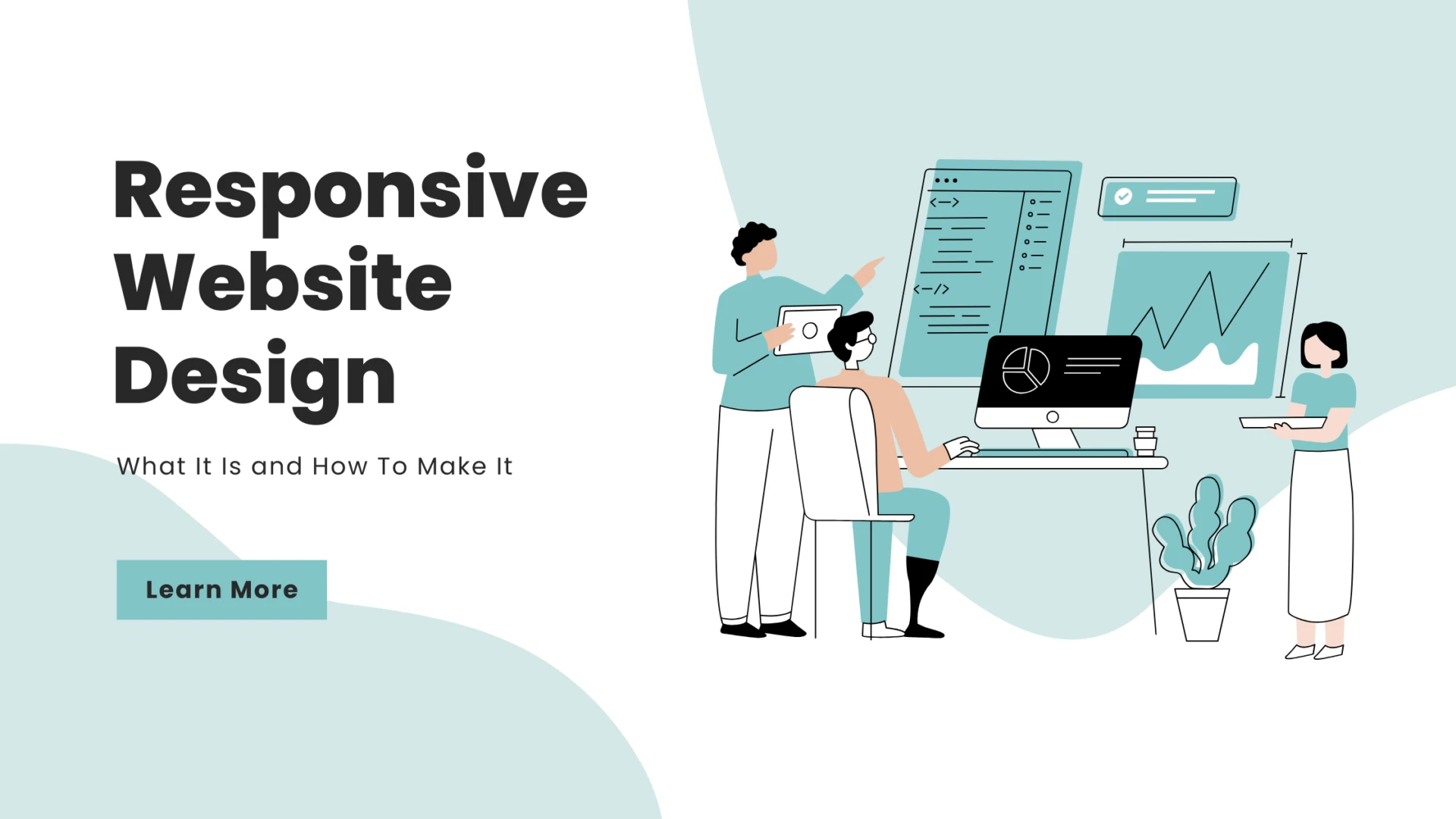What is a responsive interface?
A responsive interface is a kind of interface which accurately adjusts to a wide range of gadgets with different screen goals.
You can’t think little of the significance of this factor. Today, clients frequently favor cell phones and tablets to PCs. Furthermore, if your web composition’s doesn’t adjust to various kinds of gadgets, you will definitely lose a critical arrangement of traffic. As indicated by the insights, 80% of clients leave an asset on the off chance that they don’t care for its plan or in the event that they need to perform such a large number of activities to arrive at their objective.
This bodes well since the degree of rivalry on the advanced market is outrageous. Clients have no motivation to remain on a site with a befuddling format in the event that they can simply discover one that is better. In this way, on the off chance that you need your asset to succeed, you need to make an interface with a unique sound on client experience on a wide range of gadgets.
Responsive versus versatile
We’ll discuss both of those terms in this article. They are additionally regularly mistaken for one another. It’s reasonable since they are firmly related, in any case, it is essential to know the distinction. Versatile website architecture is the more extensive term of the two, and it remembers responsive for it. In this unique situation, “”responsive”” implies that the site’s design is adaptable. It’s likewise called “”elastic plan””.
When all is said in done, versatile website architecture is a conventional technique expected to introduce the most ideal opportunities for the broadest crowd.
Instructions to make a site responsive: 8 accepted procedures
To make a responsive plan, you should adhere to the absolute best standards:
1. Stream.
The more modest the screen, the more modest your site’s width will be. By diminishing width, stature is consequently expanded. Because of that, all successive components are moved downwards. This cycle is called stream.
2. Relative estimation units.
Try not to utilize static information to set your site components’ sizes. Set your alternatives with a rate proportion.
3. Breakpoints.
An indispensable instrument for adjusting sites to handheld gadgets. Setting breakpoints permits setting areas and conditions for changing the plan. Along these lines, you can handle where and what gadgets an alternate design ought to be utilized for.
We should envision your principle site adaptation has three segments. In any case, you have concluded that for a screen that is more slender than 980 pixels that sort of design is certainly not a sensible decision. By setting a breakpoint in that place, you can make a condition just as another construction: for a screen more slender than 980 pixels – just two sections will be shown; more slender than 640 – just one will remain.
4. Max-and min-values
Remember to set the base and most extreme qualities. On most screens setting component sizes in a rate proportion to the screen goal will look natural. Be that as it may, on colossal screens utilizing full-width symbolism is certainly not a decent decision. With the assistance of max and min, you can set boundaries which your items can’t surpass, paying little heed to the gadget’s screen size.
5. Settled components
Utilize a solitary compartment for more modest items arranged close to one another. Dealing with a solitary holder is a lot simpler than managing a few items bound to one another.
6. Work area or portable first
Which rendition to use as the fundamental one and which one to set breakpoints for involves taste. The two variations are equivalent and you may utilize possibly one.
7. Web text styles versus framework text styles
The two systems have their advantages and disadvantages. On the off chance that you need to be innovative about adapting your content, at that point, obviously, web text styles are the best approach. However, remember that extra modules that are expected to stack them will negatively affect your site’s stacking times. In the event that saving time is more imperative to you, stick to standard textual styles.
8. Raster versus vector symbolism
So, a raster picture is an image made with minuscule spots of different tone and splendor. A vector picture, notwithstanding, comprises of reference focuses and vector lines which associate them. Any of those variations can turn out as best contingent upon what you need to show on your page.



